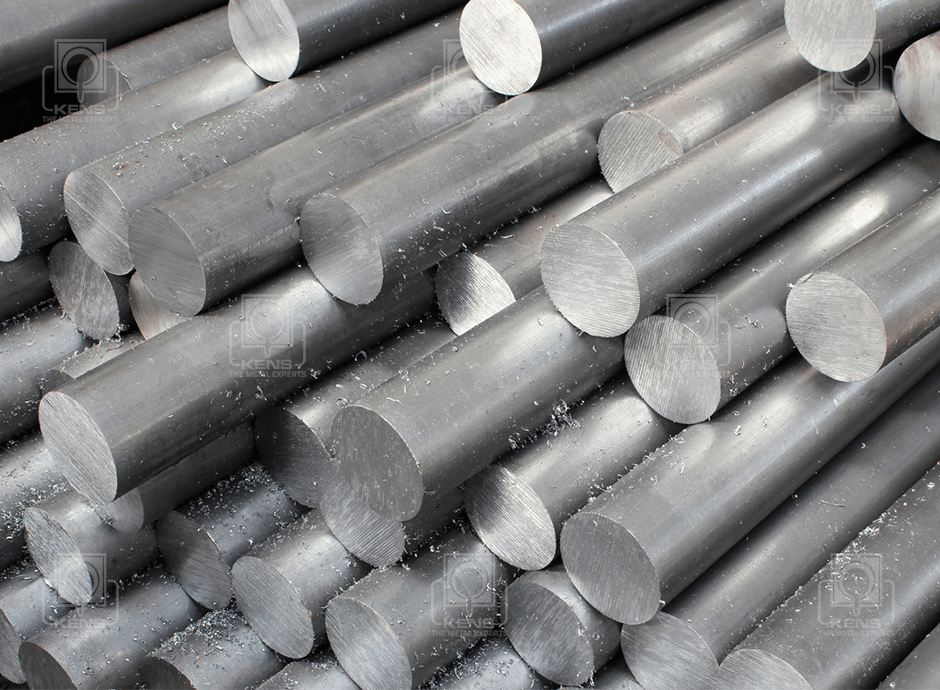When it comes to construction, selecting the right grade of TMT (Thermo-Mechanically Treated) steel bars is crucial for the durability and strength of your structure. TMT steel bars are known for their high strength, ductility, and resistance to corrosion, making them a preferred choice in construction projects worldwide. But with various grades available, how do you know which one is the best to buy? In this article, we will explore the different grades of TMT steel bars, their applications, and the factors to consider when making your purchase.
1. Understanding TMT Steel Bar Grades
TMT steel bars come in several grades, typically denoted by numbers like Fe 415, Fe 500, Fe 550, and Fe 600. These numbers represent the minimum yield strength of the bar in megapascals (MPa). The higher the number, the stronger the steel bar.
- Fe 415:
- Yield Strength: 415 MPa
- Characteristics: Fe 415 TMT bars offer good ductility and are easy to bend, making them ideal for small-scale construction projects or in areas prone to earthquakes.
- Applications: Used in residential buildings, small-scale commercial structures, and low-rise constructions where flexibility is important.
- Fe 500:
- Yield Strength: 500 MPa
- Characteristics: Fe 500 is the most commonly used grade of TMT bars, offering a balance of strength and ductility. It is versatile and suitable for a wide range of construction projects.
- Applications: Ideal for multi-story residential buildings, bridges, and industrial structures that require both strength and flexibility.
- Fe 550:
- Yield Strength: 550 MPa
- Characteristics: Fe 550 TMT bars have higher strength and are less ductile than Fe 500. They are preferred in projects where high load-bearing capacity is essential.
- Applications: Used in large-scale infrastructure projects like dams, highways, and flyovers, where higher strength is required.
- Fe 600:
- Yield Strength: 600 MPa
- Characteristics: Fe 600 TMT bars offer the highest strength but are less ductile. They are designed for heavy-duty constructions where maximum strength is crucial.
- Applications: Suitable for specialized structures like high-rise buildings, heavy industrial facilities, and long-span bridges.
2. Factors to Consider When Choosing the Right Grade
Selecting the best grade of TMT steel bars depends on several factors, including the type of construction, environmental conditions, and budget.
- Type of Construction:
- For residential buildings, Fe 415 or Fe 500 TMT bars are usually sufficient, providing a good balance between strength and flexibility.
- For commercial and industrial projects, Fe 500 or Fe 550 grades are recommended due to their higher strength and load-bearing capacity.
- For infrastructure projects like bridges, dams, and high-rise buildings, Fe 550 or Fe 600 TMT bars are ideal.
- Seismic Zone Considerations:
- In earthquake-prone areas, using a more ductile grade like Fe 415 or Fe 500 is advisable, as these bars can absorb energy and reduce the risk of structural failure.
- Corrosion Resistance:
- In coastal areas or regions with high humidity, it’s important to choose TMT bars that offer good corrosion resistance. Many TMT bars are available with added corrosion resistance to enhance longevity in such environments.
- Budget:
- Higher-grade TMT bars like Fe 550 and Fe 600 tend to be more expensive due to their enhanced strength and durability. It’s essential to balance your budget with the requirements of your project to choose the most cost-effective option.
3. Why Fe 500 is the Popular Choice
Fe 500 TMT bars are the most widely used grade in construction due to their versatility and reliability. They offer a strong combination of strength and ductility, making them suitable for a variety of construction projects. Additionally, they are readily available and offer good value for money, making them the preferred choice for most builders and contractors.
4. Conclusion: Making the Right Choice
When selecting the best grade of TMT steel bars, consider the specific needs of your construction project. For most residential and commercial buildings, Fe 500 offers the best balance of strength, ductility, and cost-effectiveness. However, for specialized structures or projects in challenging environments, higher grades like Fe 550 or Fe 600 may be more appropriate.
By understanding the different grades and their applications, you can make an informed decision that ensures the safety, durability, and longevity of your construction project.
